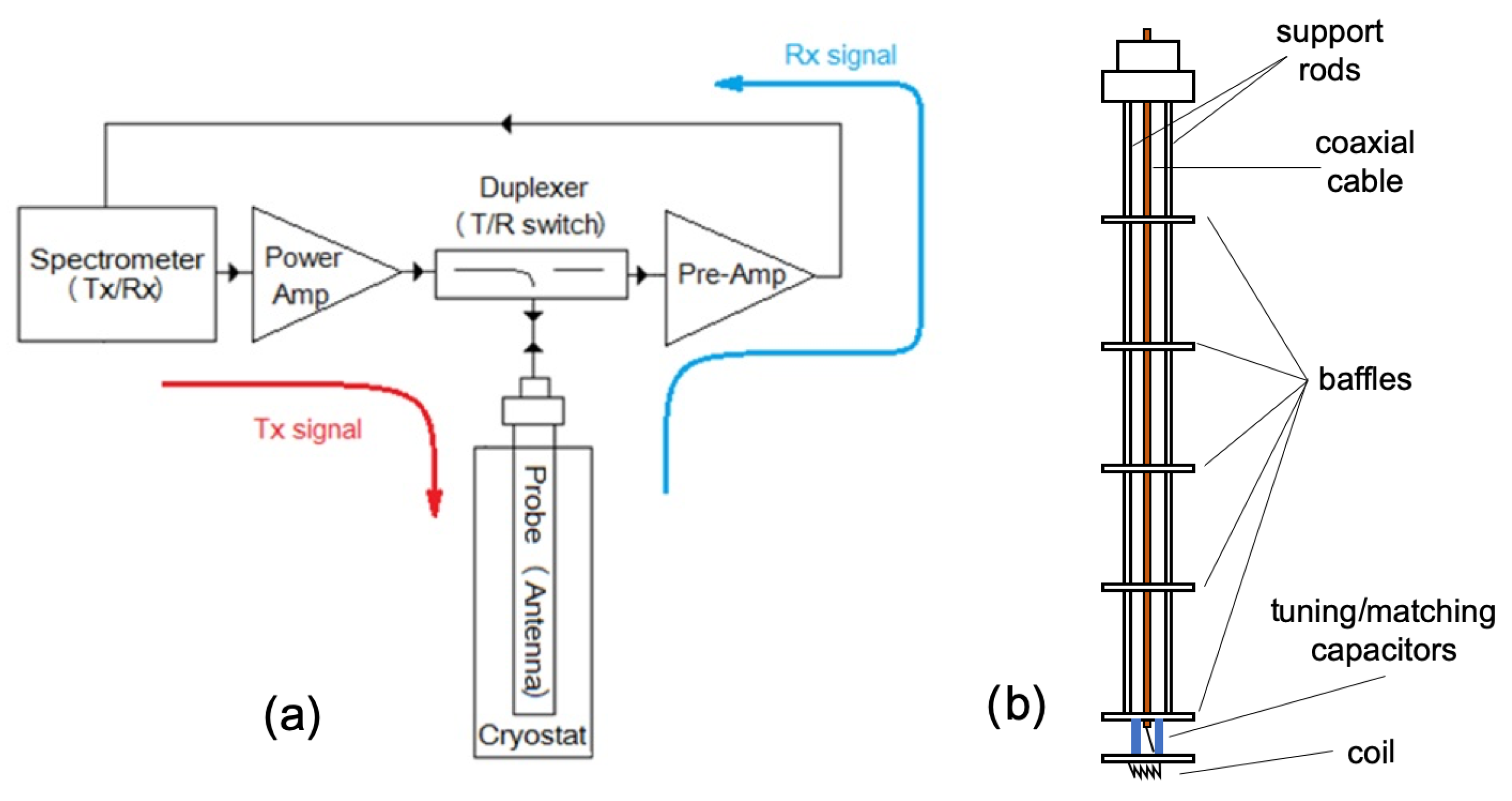Introduction
The finance world is constantly evolving, with technology playing a vital role in shaping 해외선물 the way we trade. One popular innovation that has emerged is the use of automated trading systems in futures trading. Also referred to as algorithmic or black-box trading, these systems rely on cutting-edge mathematical models and computer algorithms to execute trades automatically. Although automated trading systems offer several advantages, it’s crucial to understand their pros and cons before making a decision. In this article, we’ll explore the benefits and drawbacks of these systems in futures trading, casting a spotlight on their impact on the financial industry.
Pros of Automated Trading Systems
Speed and Efficiency
Automated trading systems are a boon for traders due to their unparalleled speed. Unlike human 선물옵션 traders who experience delays due to manual order placements, algorithmic trading executes trades in milliseconds. This guarantees trades at the desired price, reducing slippage and maximizing profits. Additionally, automated systems process large amounts of data and execute multiple trades simultaneously, increasing efficiency and minimizing missed opportunities.
Emotion-Free Trading
Trading decisions can be heavily influenced by human emotions, resulting in biased 해외선물커뮤니티 judgments and irrational behavior. To eliminate this emotional factor, automated trading systems are becoming more popular. These systems use predefined rules and algorithms to execute trades, removing any emotional impulses that may lead to costly mistakes. By adopting a disciplined approach, these systems can stick to predetermined strategies and avoid impulsive decisions commonly driven by fear or greed. This approach can significantly improve trading outcomes and increase profitability.
Backtesting and Optimization
With automated trading systems, traders can test their strategies using past market data. 해외선물대여계좌 By applying algorithmic rules to historical conditions, traders can determine how well their strategies have performed and how profitable they could have been. Through backtesting, traders can pinpoint areas of strength and weakness in their strategies, allowing them to fine-tune their algorithms for optimal results. This methodical approach equips traders with data-driven insights to adapt their strategies and make informed decisions based on changing market conditions.
Diversification and Risk Management
Automated trading systems can trade across numerous markets, instruments, and timeframes all at once, leading to diversification that reduces risk and exposure to any single market or instrument. These systems also include risk management parameters, such as stop-loss orders and profit targets, to protect against significant losses. By automating risk management, traders can maintain consistency and discipline in their approach, ultimately leading to greater success in their trades.
Cons of Automated Trading Systems
Technical Complexity
Developing and maintaining an automated trading system requires technical expertise. Traders 해선커뮤니티 need to possess knowledge of programming languages, data analysis, and trading platforms to create and deploy effective systems. Furthermore, the continuous monitoring and upkeep necessary to ensure proper functionality can add to the complexity. This technical requirement can be overwhelming for some traders, necessitating professional assistance.
System Failures and Glitches
Automated trading systems are prone to technical hiccups despite their rapid and efficient functioning. System breakdowns caused by factors such as network connectivity problems, power outages, or software bugs may result in missed trades or incorrect execution. Therefore, implementing contingency plans and regularly supervising system performance is vital to minimize the risk of such failures.
Over-Optimization and Curve-Fitting
Optimizing trading strategies is crucial to success, but it’s essential to avoid over-optimization or curve-fitting. Over-optimization leads to poor performance in real-time trading when a strategy is too tailored to historical data. Curve-fitting happens when a strategy is too precisely fitted to past data and may not work in the future. To ensure success, traders must balance refining their algorithms while keeping their strategies robust and flexible to accommodate changing market conditions.
Market Dependency and Systemic Risks
For automated trading systems, having precise and prompt market data is crucial when making 해선대여계좌 trading decisions. Even the slightest delay or inaccuracy in the data feed can hurt the system’s performance and result in possible losses. Furthermore, these systems can worsen market volatility in times of high uncertainty, as they are designed to react quickly to market conditions. To prevent any potential hazards associated with automated trading systems, traders must take caution and implement thorough risk management measures.
Conclusion
The advent of automated trading systems has transformed the way traders take part in the 해외선물사이트 futures markets. By eliminating emotion from decision-making and promoting efficiency, these systems offer significant benefits. However, it is important to be aware of the potential drawbacks and risks that come with them. This includes factors like technical complexity, system failures, market dependencies, and over-optimization – all of which require careful consideration. By adopting a well-rounded understanding of both the pros and cons, traders can effectively leverage the advantages of automated trading systems while minimizing potential risks.

:max_bytes(150000):strip_icc()/GettyImages-699098011-793148ad63904565b2779ac7aaf93d53.jpg)


